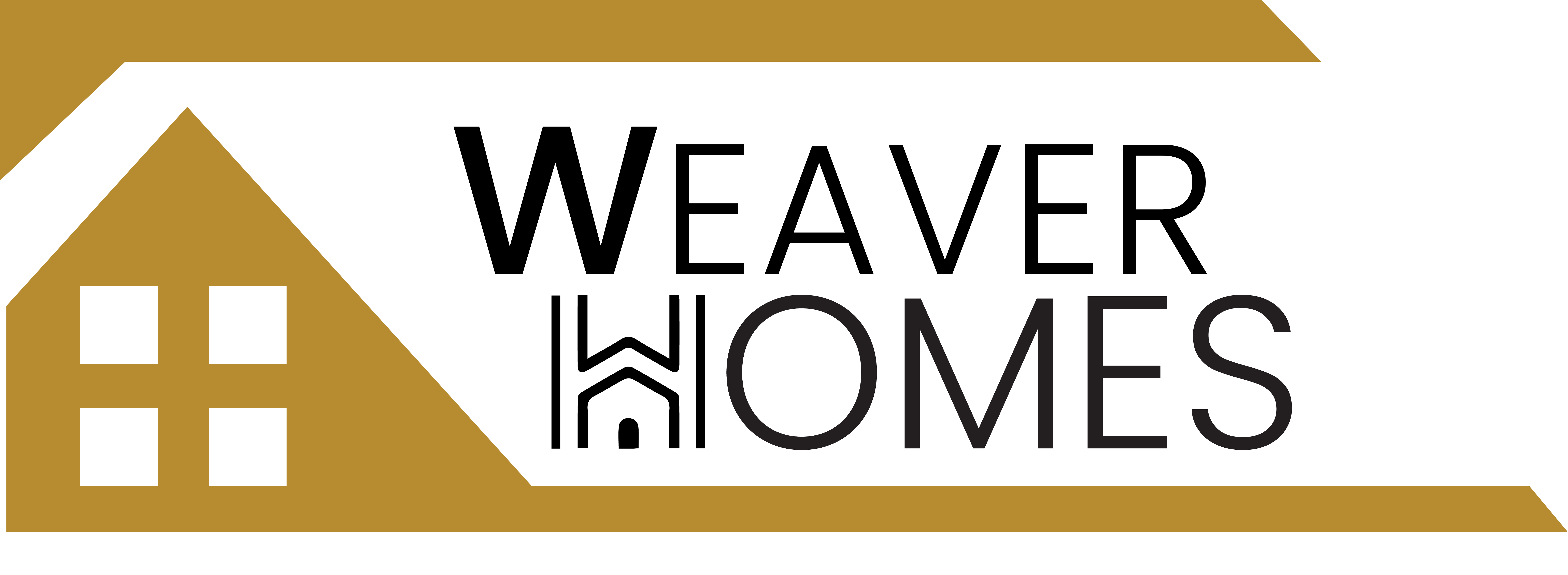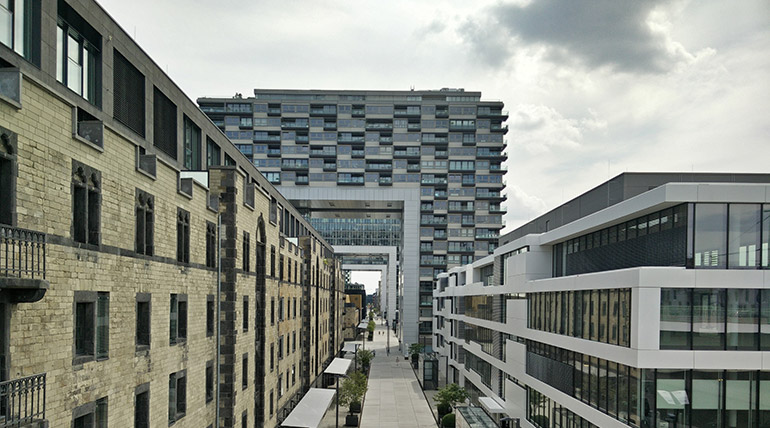Introduction
When we think of architecture, our minds often conjure images of towering skyscrapers, elegant bridges, and awe-inspiring monuments, all constructed using concrete as a primary material. Concrete has undoubtedly played a pivotal role in shaping modern architecture, but as we step into the 21st century, architects and builders are increasingly exploring alternative materials and sustainable design practices. In this blog, we’ll explore how architecture is evolving beyond concrete and the exciting possibilities it brings to the world of real estate.
The Concrete Conundrum
Concrete has been a dominant construction material for over a century. Its versatility, durability, and cost-effectiveness have made it a favorite choice for builders worldwide. However, as the environmental and sustainability concerns intensify, the concrete conundrum has come to the forefront. The production of cement, the key ingredient in concrete, is a major source of carbon emissions, contributing significantly to global warming. This has prompted architects and engineers to seek alternative materials and design strategies.
The Rise of Sustainable Materials
One of the most significant shifts in modern architecture is the increasing use of sustainable materials. Architects are now turning to renewable resources like wood, bamboo, and even recycled materials to create innovative and eco-friendly structures. Timber, in particular, has gained popularity as a sustainable alternative to concrete due to its lower carbon footprint, renewability, and excellent structural properties.
Mass Timber: A Game-Changer
Mass timber, which includes engineered wood products like cross-laminated timber (CLT), laminated veneer lumber (LVL), and glue-laminated timber (glulam), is gaining immense traction in the construction industry. These materials allow for the creation of tall buildings and large structures that were traditionally associated with concrete and steel. Mass timber buildings are not only aesthetically pleasing but also provide a warm and inviting atmosphere, making them highly desirable in real estate.
Beyond Sustainability: Functional Advantages
Apart from their sustainability benefits, mass timber and other alternative materials offer various functional advantages. They are lighter than concrete and steel, which can lead to faster construction times and reduced costs. Additionally, timber buildings are known for their natural insulation properties, contributing to energy efficiency and a comfortable living environment. These attributes are highly appealing to both developers and homeowners.
Innovative Design Possibilities
The shift away from concrete has unleashed a wave of innovative design possibilities. Architects are experimenting with new forms and shapes, inspired by the flexibility and strength of sustainable materials. Organic and biomimetic designs are becoming more common, seamlessly blending structures with the natural environment. This evolution in design is reshaping the real estate landscape, with unique and aesthetically pleasing properties captivating buyers and investors.
The Future of Real Estate
As the world continues to grapple with environmental challenges, the real estate industry plays a crucial role in mitigating its impact. Embracing sustainable materials and design practices is not just a trend; it’s a necessity for a more sustainable and resilient future. From energy-efficient homes to eco-friendly commercial spaces, the real estate market is evolving to meet the demands of environmentally conscious consumers.
Conclusion
Architecture is indeed breaking free from its concrete confines. The shift towards sustainable materials like mass timber and innovative design practices is not only reshaping the way we build but also the way we live and work. As real estate developers and buyers increasingly prioritize sustainability, the future of architecture and the built environment is looking brighter, greener, and more exciting than ever before. The evolution of architecture beyond concrete is not just a trend; it’s a path towards a more sustainable, beautiful, and harmonious world.



